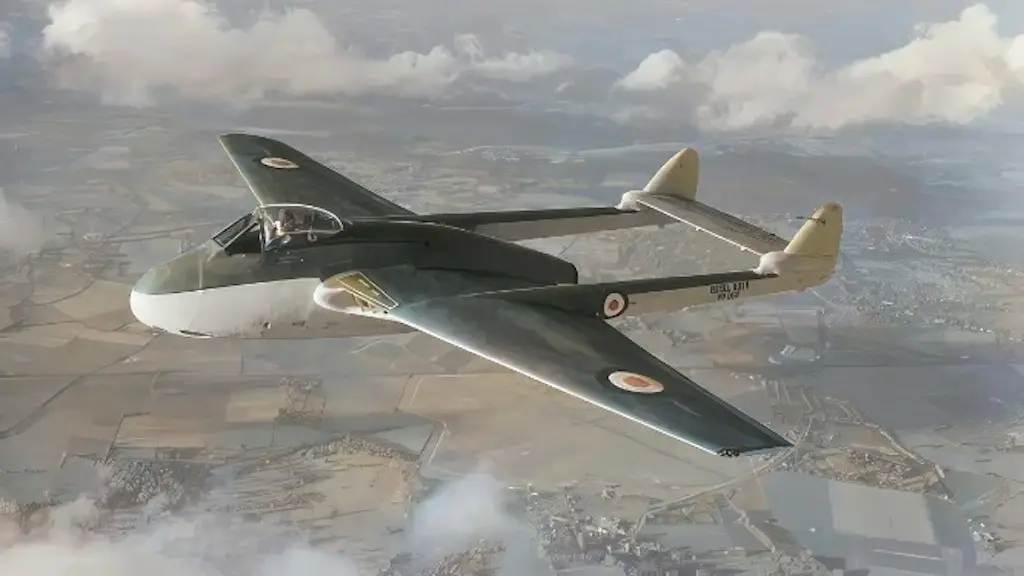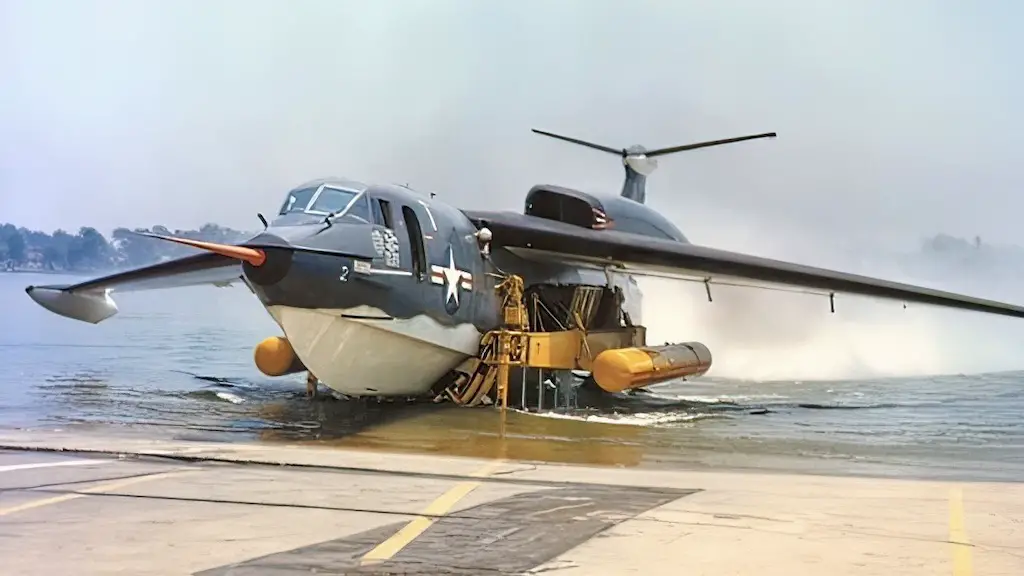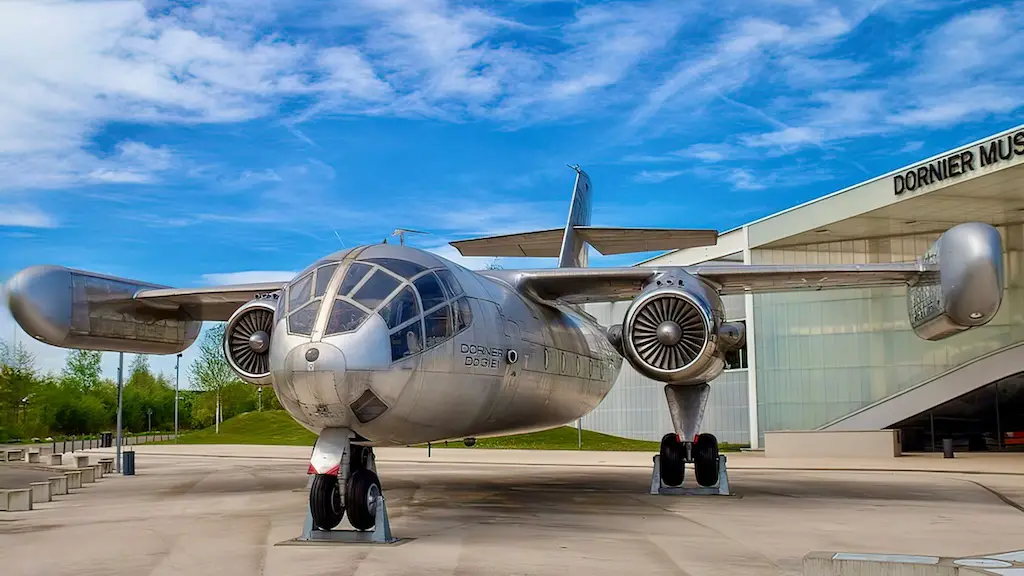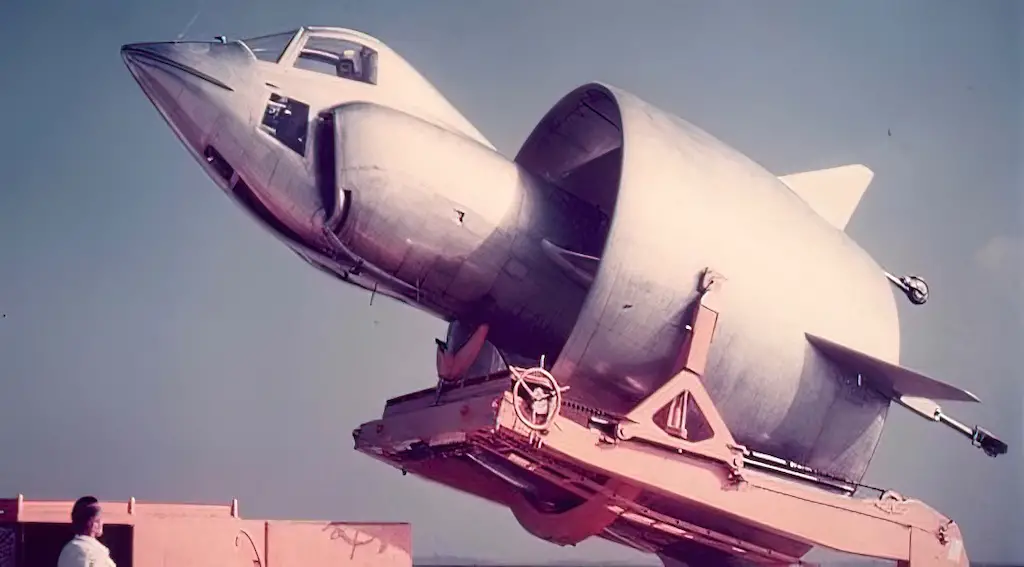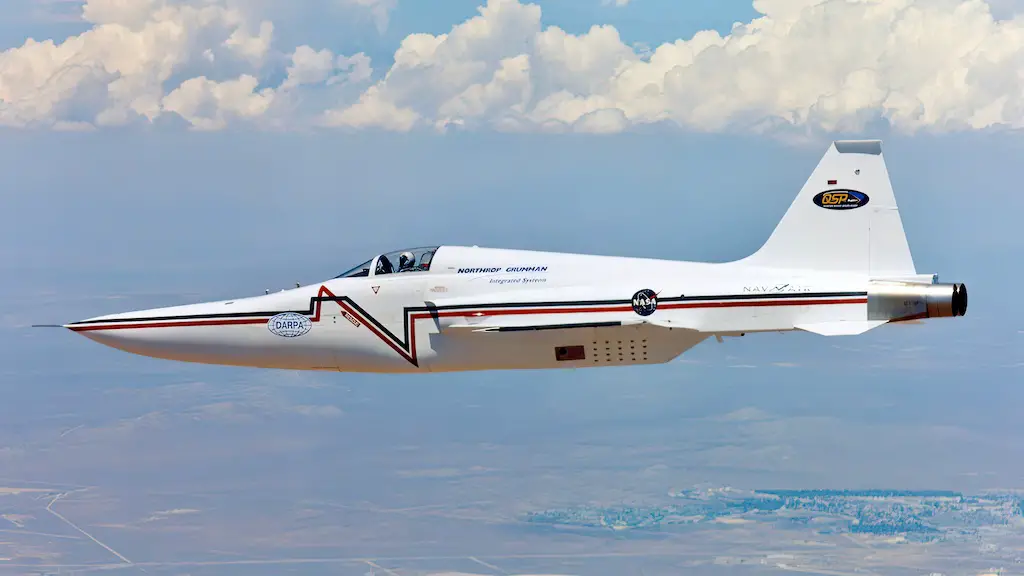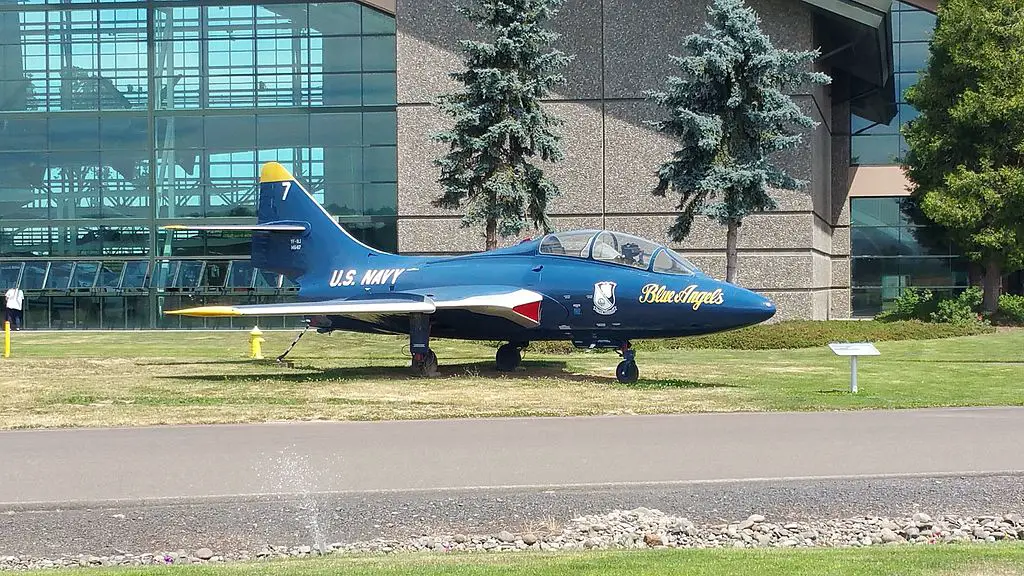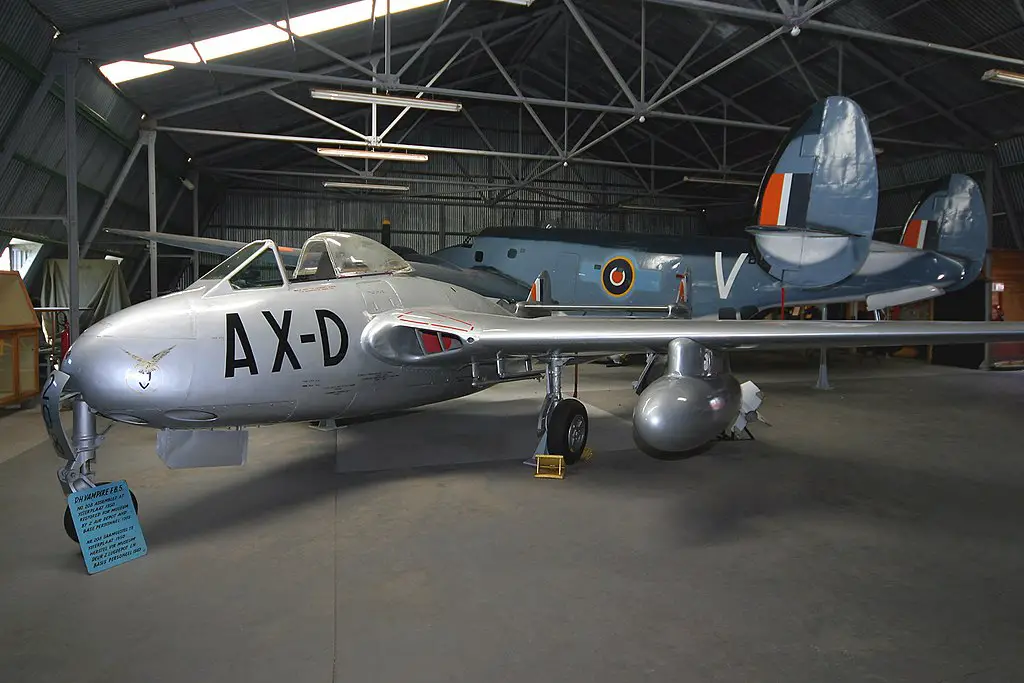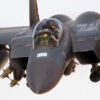Although it may seem like a scene from a cartoon, there was a unique occurrence in the early years of the Cold War. During that time, the HMS Warrior, an aircraft carrier, featured a remarkable flight deck made of soft and flexible material. Surprisingly, it became customary for planes to land on this carrier with their landing gear retracted. The procedure involved the aircraft simply gently colliding their underbellies against the rubberized surface. One such plane that participated in this unconventional landing approach was the de Havilland Sea Vampire.
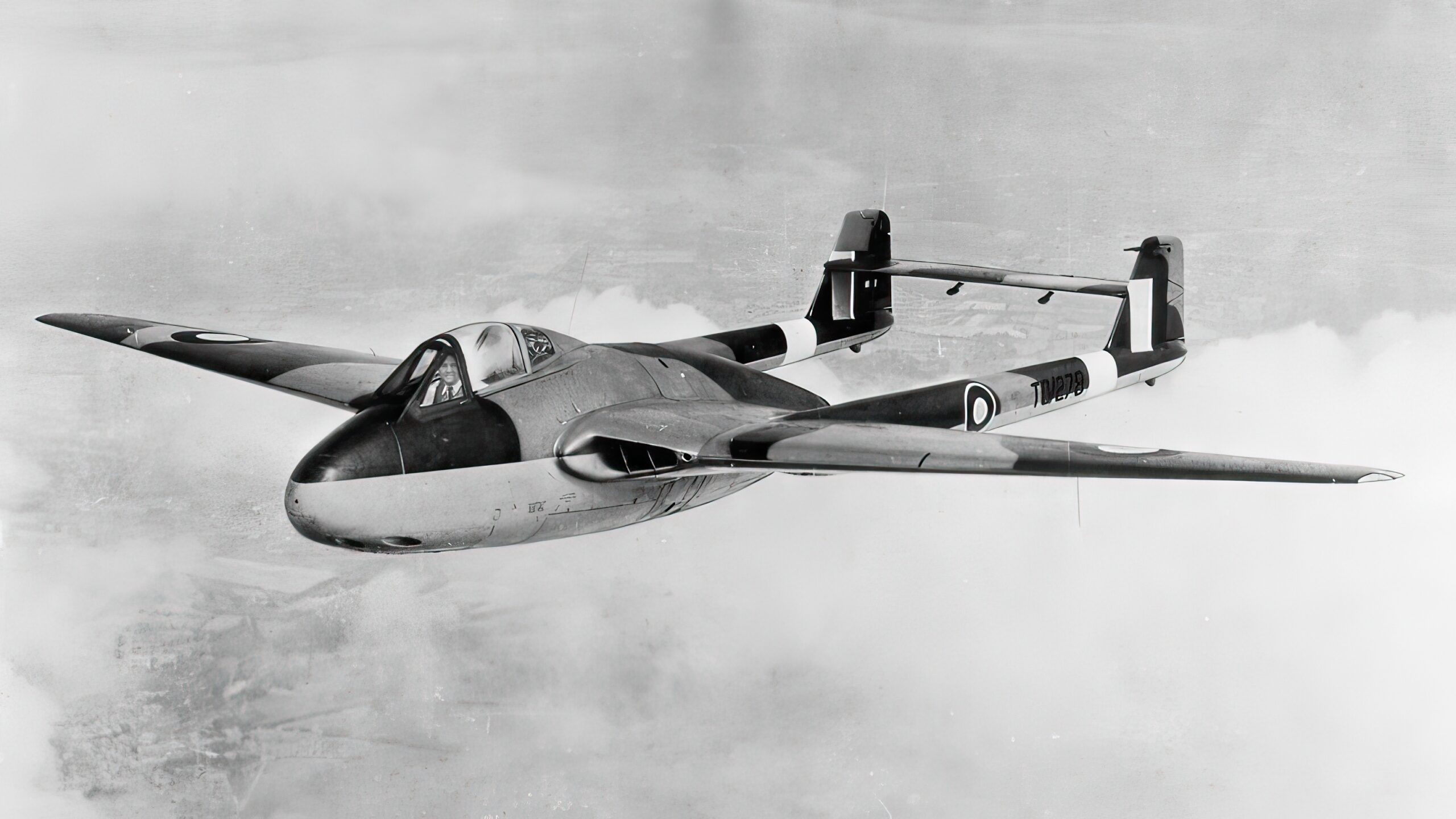
Aircraft carriers’ jet problem
Aircraft carriers underwent impressive evolution from first humble attempts of putting an airplane on a ship ahead of the World War I to the floating airbases hosting dozens of aircraft operated by British, American, and Japanese navies during the World War II. As the Cold War was dawning, the aircraft carriers were confronted with a new challenge posed by the recent developments in aircraft industry. Jets were taking propeller aircraft’s place. And they had higher landing speeds and longer landing rolls. Providing safe operation of carrier-based jets was a problem, and there was a very radical and tempting solution to it.
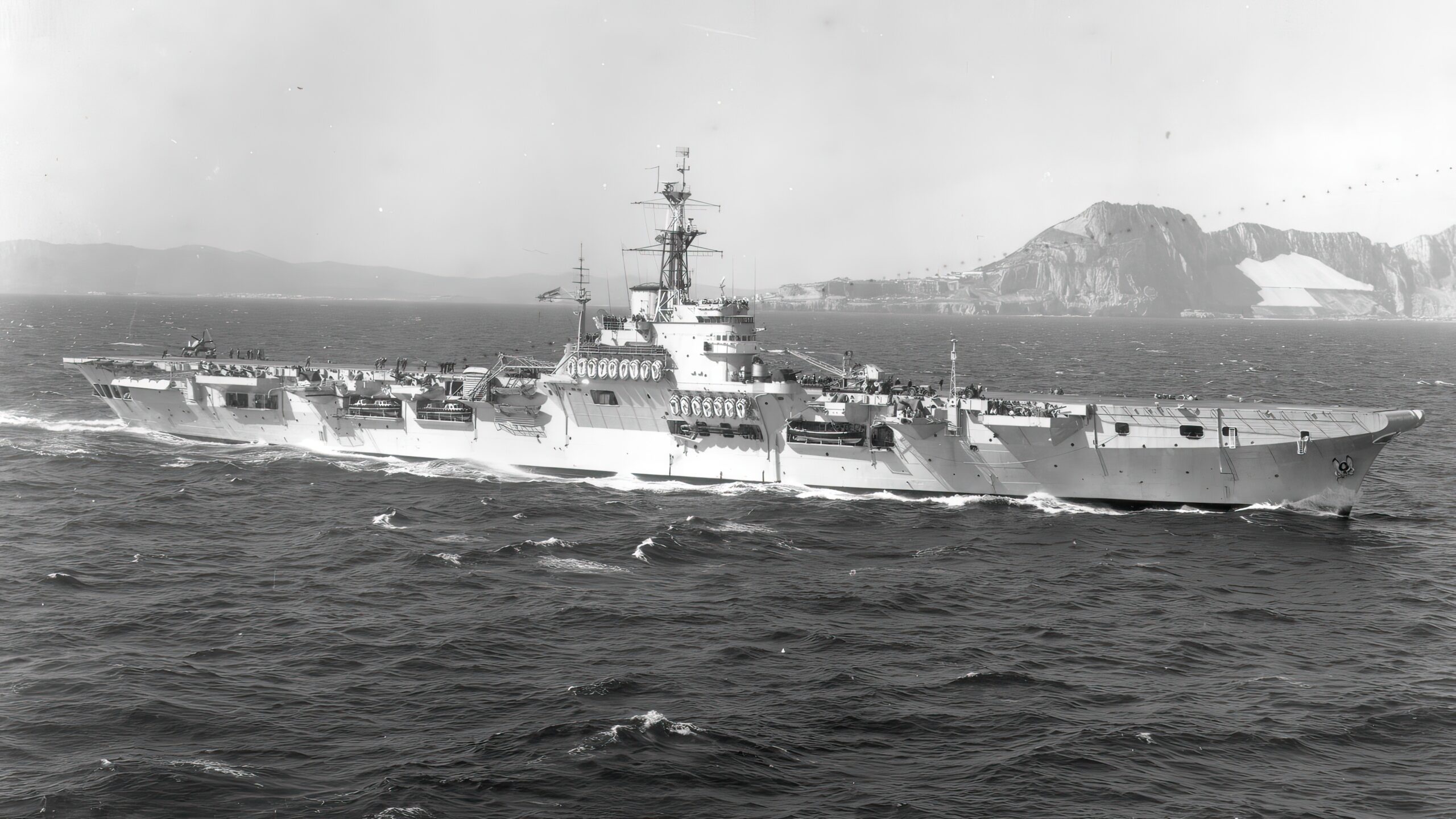
No wheels no problem
Experts of the Royal Aircraft Establishment (RAE) at Farnborough figured that the landing gear was an aircraft’s most fragile and accident-prone part. Consequently, carrier-based flight operations could be made much safer if wheels were not used in the process at all. While belly landing of a prop-driven plane inevitably resulted in damage to the propeller, jets didn’t have such problem.
Provided that the surface was soft enough and did not damage the aircraft’s underside, belly landing seemed to be a nice proposition. And if the aircraft was also launched without the use of wheels, that would be even better. Doing away with landing gear meant additional opportunities for enhancing aircraft design, such as placing extra weapons in the space once occupied by the wheels and making thinner wings which wouldn’t have to harbor the gear anymore.
A hard soft landing
By late 1947, a carpet runway was built at Farnborough. On December 29, Lt Cdr Eric M. Brown, an experienced carrier pilot, tried landing on it with the gear up for the first time. Alas, things didn’t go very smoothly. Brown’s modified de Havilland Sea Vampire sank into the carpet faster than expected and struck the ramp at its end. Luckily, the pilot was uninjured, but the aircraft was damaged beyond repair. The flexible runway needed improvements. Finally, after all necessary changes were made, on March 17, 1948, Brown performed an excellent landing. After some more practice at Farnborough, the concept was applied to a real warship.
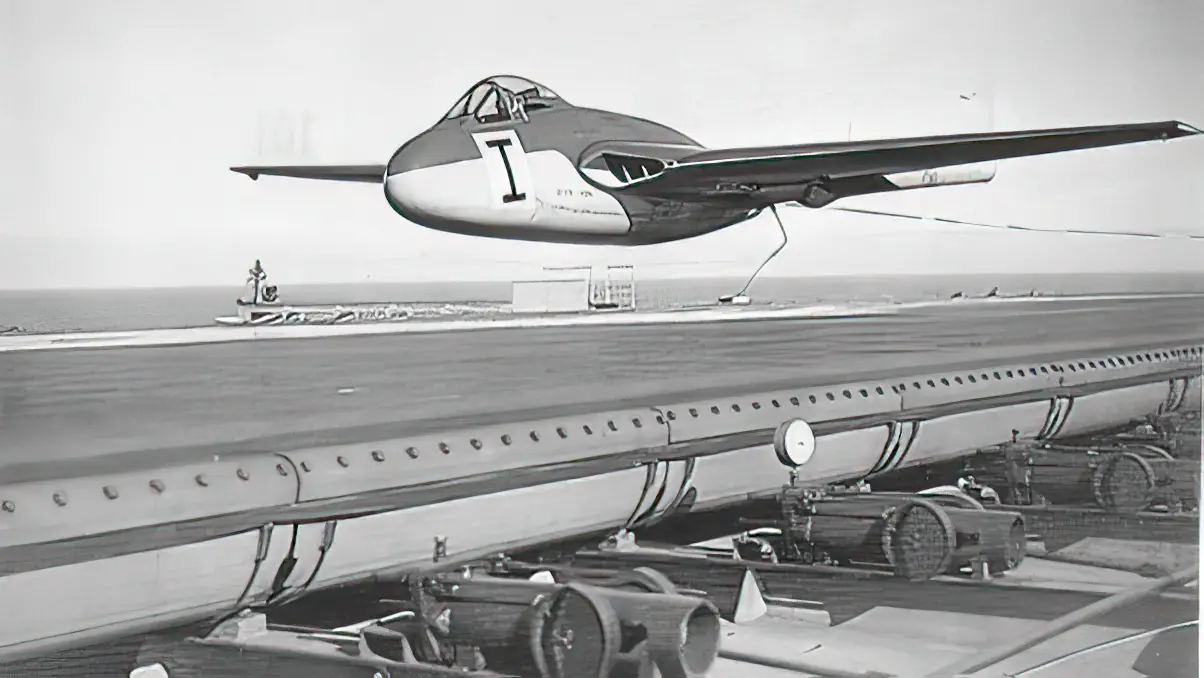
Trials on HMS Warrior
HMS Warrior, a Colossus-class light aircraft carrier commissioned in spring of 1945, was chosen for testing the innovative landing technology. It was fitted with a flexible deck made of pressurized hose pipes laid across a steel frame. On top of them lay a rubber membrane, which was lubricated with fresh water at landings. This rubber deck was some 190 ft long and had a single arresting wire.
Once the landing plane caught the wire it was pulled down onto the carpet and slowed down to a halt within just a few feet. Unable to taxi, it was then lifted by a crane and loaded on a trolley, which delivered it to the hangar or to the catapult for another mission. On November 3, 1948, Brown made the first landing on the aircraft carrier’s flexible flight deck. These trials, involving different pilots, lasted until May 1949 and totaled some 200 flights at sea and on land. No serious accidents happened, even when an aircraft missed the arresting wire—it would just bounce off the carpet and go for another attempt.
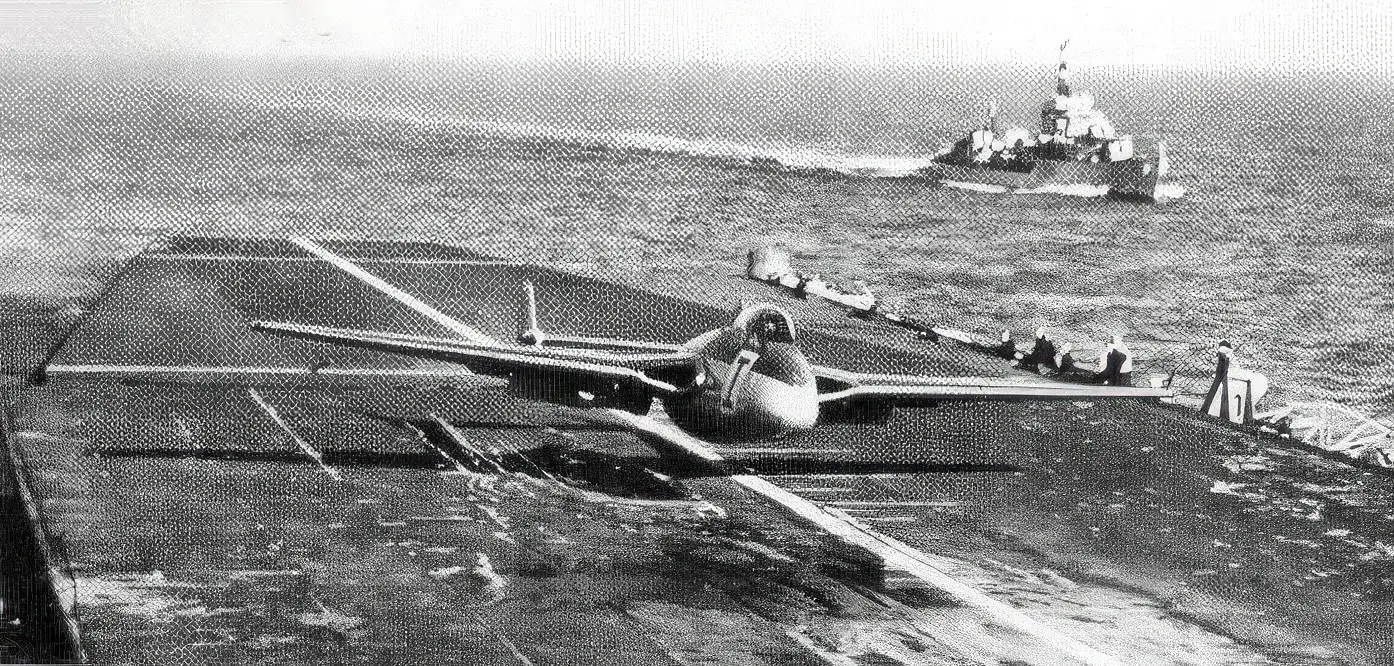
US Navy experiments
In 1953, the US Navy command decided to check for themselves if the idea was feasible. For that purpose, a 570-ft long flexible deck was installed at Naval Air Station Patuxent River in Maryland. Two modified Grumman F9F-7 Cougar carrier-based fighters made a total of almost two dozen wheels-up landing on the carpet. The evaluation flights involved USN, USMC, and Grumman pilots.
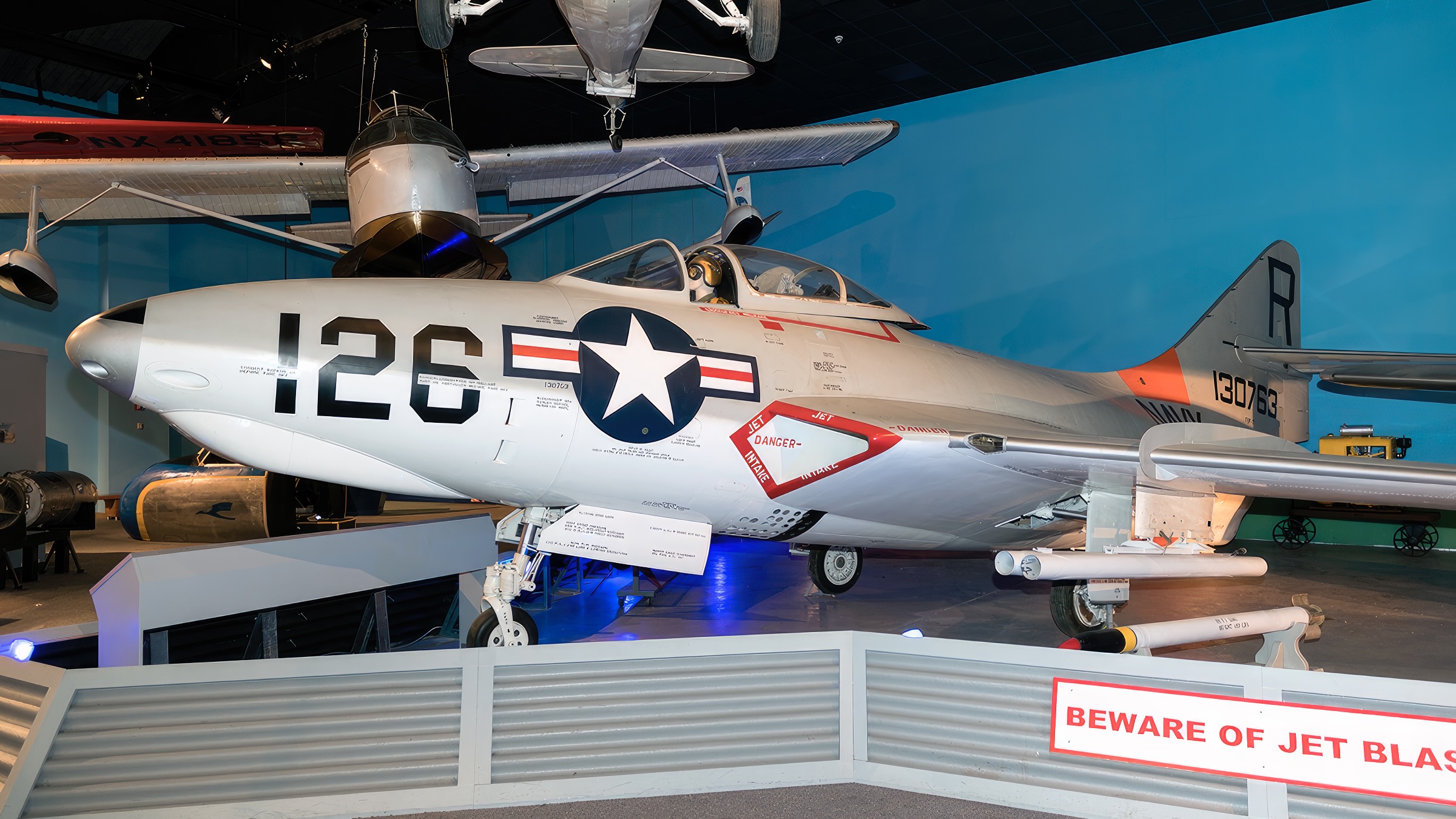
Too much of a nuisance
While the concept certainly did work, actually introducing it into service seemed problematic and not very necessary. Within several years after jets’ introduction their carrier-based operations were fine-tuned. Navy fighters took off and landed on the deck with their wheels down without much problem. Especially helpful to that was the introduction of angled flight decks. So, after all, it turned out that there was not much need for the rubber deck as a magical solution.
True, the idea of doing away with the landing gear altogether was tempting. That would allow for carrying more payload or just reduce aircraft’s weight, increasing speed and endurance. However, overall costs of introducing the new concept and equipping carriers and land airfields with carpets were pretty high. Besides, rubber-deck landings had a serious disadvantage: clearing the deck using a crane took a lot of time. Hence, landing intervals were hardly acceptable for high-intensity carrier operations. Given all that, top brass on both sides of the Atlantic considered the advantages of wheels-up arrested landing not worth the trouble.

